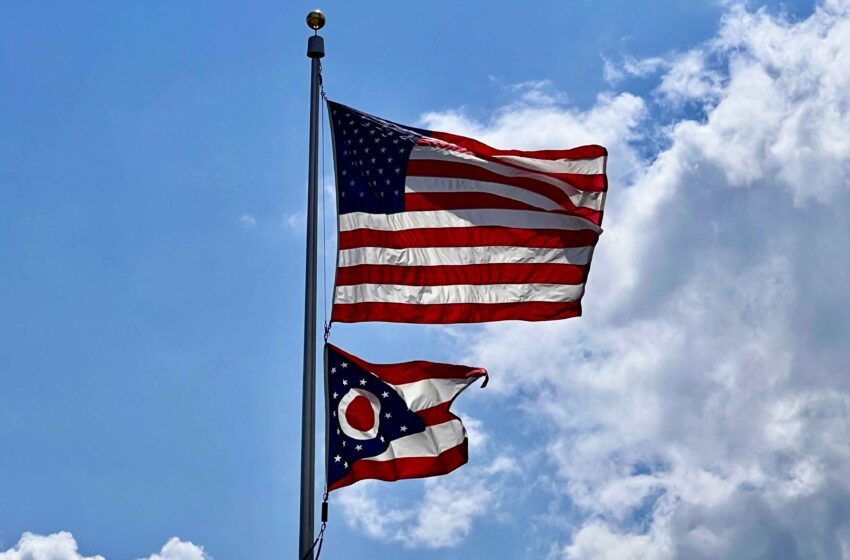
Ohio and Kentucky Rank Among the Worst States in New U.S. Report: A Deep Dive into the Findings
A new Best States ranking published by U.S. News & World Report has cast a concerning spotlight on Ohio and Kentucky, placing them among the bottom 15 states in the United States. This annual report, which assesses all 50 U.S. states across key aspects of public life and policy, ranked Ohio at No. 38 and Kentucky at No. 39, underscoring critical challenges in both states across multiple sectors including health care, education, and economic opportunity.
How the Rankings Were Determined
The Best States rankings are based on a weighted analysis of eight broad categories that significantly affect residents’ quality of life:
- Health Care
- Education
- Natural Environment
- Opportunity
- Economy
- Crime & Corrections
- Infrastructure
- Fiscal Stability
Each category carries a different weight in the final score, with health care, education, and the economy receiving the greatest emphasis. The goal of the study is to provide a holistic view of how states are performing in creating environments where residents can live healthy, prosperous, and secure lives.
Ohio’s Position: A Mixed Bag
Ranked 38th overall, Ohio faces a number of systemic issues but also shows moderate strength in some categories:
- Education: Ohio scored No. 30, showing room for improvement in both K-12 outcomes and higher education affordability.
- Health Care: Although not as low as Kentucky, Ohio struggles with accessibility and health outcomes, contributing to its lower placement.
- Crime: The state received a crime ranking of No. 31, the worst in the tri-state area (which includes Indiana and Kentucky).
- Economy & Opportunity: These remain persistent pain points, with lagging job growth, population outflow, and concerns about long-term fiscal health.
- Natural Environment & Infrastructure: Ohio has made some gains in sustainability, but aging infrastructure continues to hamper growth and investment.
While Ohio is a major economic player in the Midwest, its social service systems and public policies haven’t kept pace with the needs of its changing demographics.
Kentucky’s Rankings: Troubling Signs, Especially in Health Care
Kentucky’s overall rank at No. 39 is primarily driven by critical underperformance in health care, where it landed at No. 45 — one of the lowest in the nation.
- Health Care: This category includes access, quality, and public health outcomes. Kentucky continues to battle high rates of chronic illness, substance abuse, and infant mortality.
- Education: With a rank of No. 32, Kentucky’s education system is underfunded and faces challenges in rural access and higher education attainment.
- Crime: Surprisingly, Kentucky performed significantly better in crime, with a ranking of No. 11 — far better than its neighbors.
- Economy & Opportunity: Persistent poverty and low labor force participation continue to weigh heavily on the state’s ability to climb in national rankings.
Despite efforts in recent years to reform health policy and improve education standards, Kentucky’s deep-rooted issues — especially in rural areas — keep it from breaking through to the top half of states.
Indiana: A Slightly Better Performer in the Region
Indiana fared better than both Ohio and Kentucky, with a rank of No. 33. Though not stellar, it indicates a relatively more balanced performance across most categories:
- Crime: Indiana placed at No. 21, outperforming Ohio and trailing Kentucky.
- Education & Health Care: Indiana remains middle-of-the-road in both, avoiding the extreme low scores of its neighbors.
- Economy: With diversified manufacturing and logistics sectors, Indiana has shown moderate job growth and fiscal control.
While Indiana has its share of challenges, it is currently better positioned than Ohio or Kentucky in terms of attracting new residents and businesses.
Top Performers in the Report
In stark contrast, states like Utah, New Hampshire, Idaho, Minnesota, and Nebraska ranked at the top, offering a blueprint for well-rounded governance and public investment.
- These states consistently outperform in education, health care, fiscal stability, and public safety.
- Utah took the No. 1 spot, driven by high rankings in economy, education, and infrastructure.
- New Hampshire and Vermont scored well due to low crime rates and robust public health systems.
What This Means for Residents and Policymakers
These rankings should not be dismissed as mere numbers. They reflect lived realities for millions of people, pointing to disparities in health access, job prospects, and safety. For policymakers in Ohio and Kentucky, this report offers both a wake-up call and a roadmap for where to focus resources.
Some action areas include:
- Expanding Medicaid access and investing in rural health infrastructure.
- Modernizing public school funding formulas and prioritizing teacher retention.
- Investing in workforce development to attract younger populations and boost local economies.
- Addressing the opioid crisis, which continues to devastate communities in both states.
A Call for Urgent Reform
With both Ohio and Kentucky occupying the bottom tier in the Best States rankings, urgent reform and strategic investment are needed to reverse the trend. The findings underscore a stark reality: without action, these states risk falling even further behind in national competitiveness and resident well-being. As the U.S. continues to grapple with economic uncertainty and shifting demographic trends, states that invest wisely in their people and infrastructure will emerge stronger. For Ohio and Kentucky, the time to act is now.






